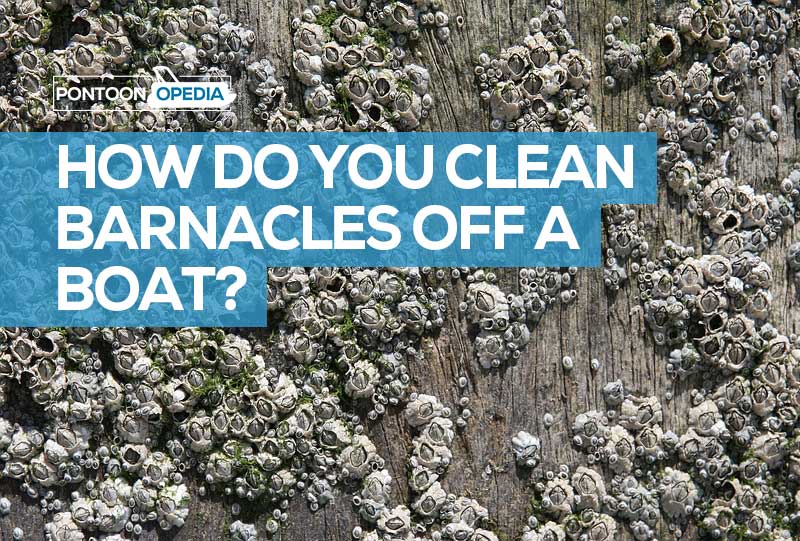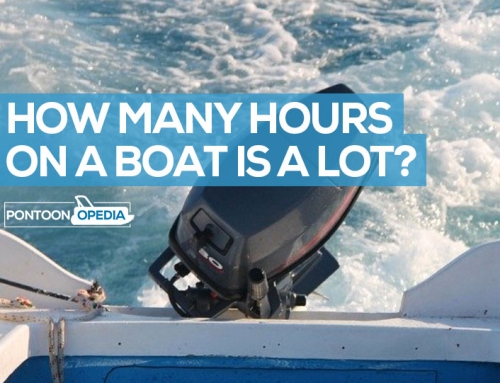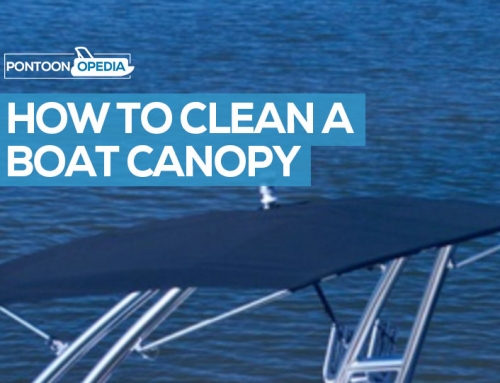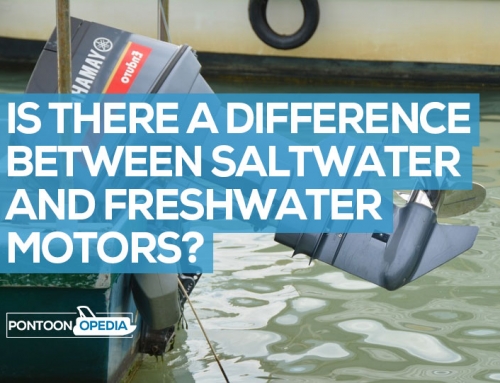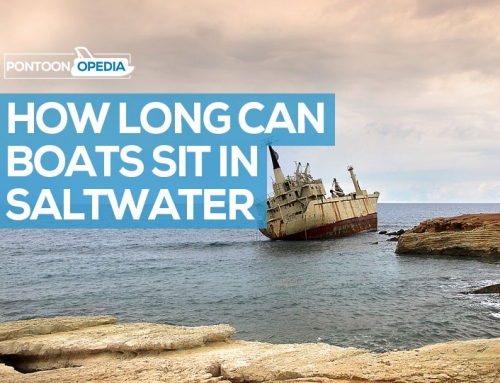A boat needs to be continuously maintained and cleaned. While cleaning your boat deck, boat fenders and windows are relatively easy in terms of hard physical laborwhereas removing barnacles is a major pain in the neck. If you boat in fresh water, you have nothing to fear from barnacles as they only reside in sea water or brackish water.
This article will explain what barnacles are, why they are so hard to remove, how to to clean barnacles off your boat with some methods that are simple to use without leaving and damage or marks.
Table of Contents
Barnacle proofing your boat
Prevention is always better than cure, most modern boats are devoid of barnacle infestation because their paints contain chemicals that discourage juvenile barnacles from attaching to the hulls. In the past, boats used to have a copper sheathing or copper nails on their hulls, this copper created a toxic film around the hull that kept the barnacles at bay. However, coating a steel hull with copper will create an even bigger disaster known as galvanic corrosion.
Basically, when two dissimilar metals come into direct contact with each other in the presence of an electrolyte the hull will begin corroding at a higher than normal rate. Paints that contain copper offer much of the same benefits and this has been the main method of barnacle controlling the modern era, these types of paints are known as anti-fouling paints. These copper based paints eventually thin out and in the process deposit large quantities of copper into the ocean that then negatively affects marine life.
There are also more physical methods of protecting your hull, these include fouling release coatings which consist of a silicon hydrogel that make the surface too slippery for barnacles to attach on it.
Apart from copper-based coatings there are new chemicals being developed that interface biologically with juvenile barnacles and cause them to flee. This is an ideal solution that not only keeps your hull clean but is also good for the marine environment.
How to remove the barnacles
Removing barnacles is a back breaking exercise, so you will want to make sure you are prepared and have the correct tools to make things all the more painless.
What you will need:
- Heavy rubber gloves – Barnacles are very sharp and one unlucky slip will result in a few nasty scratches and deep cuts. Cuts from barnacles can easily get infected so rather be safe and use a heavy-duty glove.
- Paint Scraper – You will need a heavy-duty paint scraper, a wide scraper will work better than a thinner one. Start with a plastic scraper to save your hull, if it doesn’t work then a steel one will be the next option.
- Eye Protection – Scrapping off barnacles requires a lot of effort and if this force is applied in the wrong direction you can send a dislodged barnacle rocketing to you your face.
- Anti-fouling paint– This is an anti-fouling coating designed specifically for your boat hull to prevent fouling.
Method 1: Remove the barnacles by hand
Firstly, you will need to take your boat out of the water, this step is pretty obvious, but you need to start somewhere right? Make sure that the boat is properly secured and that you will have access to all the areas where barnacles have taken hold. If you can get the boat under some shade this will be a bonus because depending on the severity of the problem you may spend hours under the driving sun removing barnacles.
Use the paint scraper to start chipping off the barnacles, be very careful not to dig the scraper into the hull and scratch the surface, one way to save the hull is to slightly dull the scraper so that it does not have an excessively sharp edge. Try and get the scraper as parallel as possible to the hull and attach the barnacle from the side and try to get the scraper underneath the barnacle. You can now systematically remove all the barnacles from the hull.
You can use a small screwdriver to get to all the small hard to reach places that can’t be reached with the scraper.
There will most likely still be some residue left on the hull , this can be taken off with a wire brush, or if you have used up all your energy to remove the barnacles you can resort to using hydrochloric acid to dissolve the remainder of the shells. Be careful with HCL as it is an acid and getting it on your skin and in your eyes can do serious damage to you. Apply a small amount of acid onto the barnacle remnants and then scrape them off after a few minutes.
Make sure you rinse the hull thoroughly afterwards.
Method 2: Pressure washer
This method is far easier than using your own elbow grease and a scraper, once again make sure your boat is out of the water and properly secured. It is also best to wait for the barnacles to be dry as this will make them easier to remove, this process can take several weeks. Once the boat is dry you can begin washing off the barnacles.
As an added word of warning, do not spray perpendicularly to the hull as this can result in some serious damage. Instead spray the barnacles from the side, i.e. remain parallel to the hull.
The pressure washer will remove the large majority of the barnacles and their remnants so you will not need to spend as much time after the fact cleaning off the hull. You will still need to use a scraper in some hard to reach places.
Method 3: Underwater cleaning
If you are unable to remove the boat, you will need to clean the barnacles off while the boat is still in that water. If you have a scuba diving certification then this process will be much easier. You can also accomplish this while snorkeling, but it will be a bit more difficult. You can use either of the above methods for removing the barnacles, a pressure washer will be easier as you can still operate the it under water, just make sure you keep the main unit clear of the water and just submerge the hose.
A good way to stay in position is to either use a toilet plunger against the hull to help you have a place to keep your grip. You can also run a rope around the perimeter of the hull to keep you in place while you clean. You obviously won’t be able to use any chemicals under water so you will have to scrub the remnants off with a steel brush or plastic scraper.
After care
Once you have removed all the barnacles it will be a good idea to apply an anti-fouling coating to the hull to ensure that the barnacles do not return in future, regular cleaning is also a good way to keep the barnacle problem under control, it must also be noted that an anti-fouling paint will eventually wear down so make sure that you inspect regularly.
What are barnacles anyway?
So we are all familiar with how barnacles look when they are attached to the hull of your precious boat. But have you ever taken the time to think what they are? There is no better way to describe what a barnacle is than this famous description, to paraphrase;
“A barnacle is nothing more than a little shrimp like animal standing on it’s head in a limestone house while kicking food into it’s mouth”.
So basically, a barnacle is a type of crustacean that will attach to any solid surface that comes into contact with water be it rocks, dock pilings, boats or even other sea creatures.
Barnacles go through two cycles, the first is where they float along with the current for a few weeks until they decide to settle down, when they finally manage to specifically find your boat, they will attach to it head first and will slowly begin building their calcite house. They attach to the boat using a glue that they excrete.
How are barnacles bad for your boat?
Despite the obvious problem of your hull just looking terrible, barnacles increase the friction between the hull and the water and this results in more fuel spent, the more barnacles on your hull the less fuel efficient your boat will be, to put this in perspective, a sufficiently covered hull can result in a 40% reduction in fuel efficiency.
Another major problem that if left unchecked barnacles can block critical water inlet and outlet ports on the boat, depending on the purpose of these ports the blockage can result in either an overflow in the boat or damage to major equipment that relies on the water for cooling.
You might also like: How to remove barnacles off of a pontoon boat

